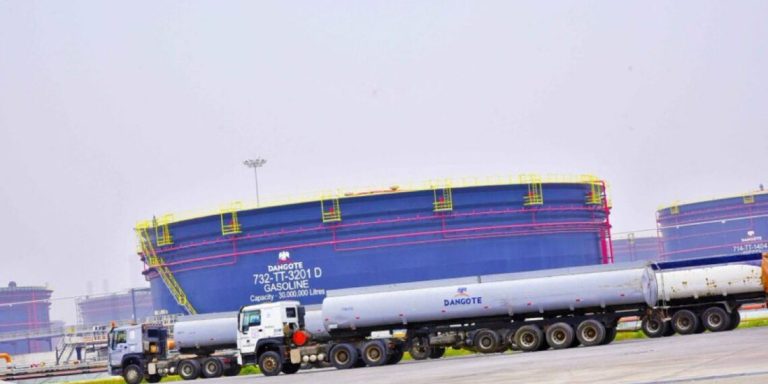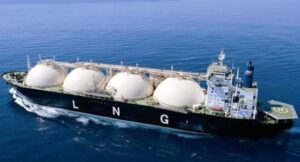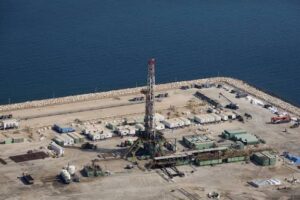The Dangote Petroleum Refinery has begun using Compressed Natural Gas (CNG)-powered trucks to deliver petrol across Nigeria, selling at N850 per litre as part of efforts to stabilize fuel distribution despite increasing depot prices.
Findings reveal that the refinery’s 650,000 barrels-per-day capacity has kept supply consistent even as the Nigerian National Petroleum Company Limited (NNPCL) recently raised its depot price from N850 to N900 per litre.
Market data showed a steady increase in fuel prices at depots in Lagos and Calabar, where petrol was sold between N870 and N900 per litre. Aiteo and Pinnacle depots in Lagos reportedly sold at N890 and N870, while Matrix Energy and Northwest Petroleum in Calabar priced theirs at N890 and N880. Sobaz Depot had the highest rate at N900 per litre.
Petroleumprice.ng’s CEO, Olatide Jeremiah, explained that the rise reflects market pressure caused by high import costs and limited local refining. He added that once the Dangote Refinery reaches full capacity, the domestic market should see a reduction in prices.
Meanwhile, retail pump prices have continued to climb, increasing by nearly 7 percent within a week—from N890 to around N955 per litre in major cities like Lagos and Abuja.
Checks showed that both NNPCL-owned stations and independent marketers now sell petrol between N900 and N955 per litre. In Abuja, for instance, Adova Plc raised its price from N899 to N945, while AYM Shafa moved from N910 to N955. Some independent outlets on the Nyanya–Karshi Road were even seen dispensing at N997 per litre.
Many motorists expressed frustration, saying they had expected Dangote’s direct supply through CNG trucks to make petrol cheaper.
At an AYM station in Karu, a driver, John Ogaba, said: “We were hopeful that Dangote’s CNG trucks would reduce costs, but prices keep rising. It’s becoming unbearable.”
Experts believe Dangote’s intervention will eventually ease the pressure on the market, but short-term volatility may continue as the supply chain adjusts to new price dynamics.









